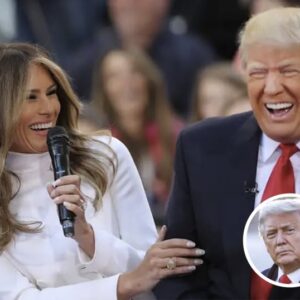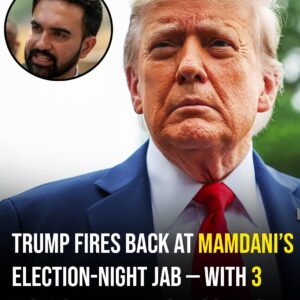President Donald Trump is scheduled to undergo a routine medical checkup this Friday at Walter Reed National Military Medical Center, according to White House press secretary Karoline Leavitt. While there, he will also meet with military personnel and deliver brief remarks. This marks Trump’s second medical exam of the year; a similar checkup in April concluded that he remained in “excellent health,” with his physician reporting strong cardiac, pulmonary, and neurological function. However, a July update revealed that Trump had been diagnosed with chronic venous insufficiency, a condition affecting blood flow in the legs, which was said to cause mild swelling. Leavitt attributed visible bruising on Trump’s hand to frequent handshaking and his regular aspirin use.
In addition to his medical visit, Trump is reportedly considering a trip to the Middle East, contingent on diplomatic progress in the region. Specifically, the potential visit may take place if Hamas accepts the initial terms of Trump’s proposed peace deal, which calls for a ceasefire in Gaza and the release of hostages. This signals an ongoing involvement by the former president in international negotiations and suggests an effort to remain influential on the global stage. While the White House has not confirmed specific travel dates, the prospect of diplomatic developments appears to be driving the timing.
Beyond his health and foreign policy ambitions, Trump faces mounting political pressure due to the continuing government shutdown. With no resolution in sight, Trump warned this week that his administration may soon initiate broad cost-cutting measures, including permanent job reductions within the federal workforce. In a meeting with reporters, he stated that if the shutdown continues for several more days, “substantial” layoffs could begin, with some positions never returning. He emphasized that this could bring the country closer to a balanced budget, using the shutdown as an opportunity to trim what he called “waste, fraud, and abuse” in government spending.
When asked about which specific programs could face cuts, Trump declined to give details but said announcements were forthcoming. He suggested that the shutdown, while initiated by political gridlock, gave his administration leverage to make sweeping reforms. Trump’s remarks implied that the inability to pass a continuing resolution in Congress provided an unexpected political advantage. He also mentioned receiving outreach from several Democrats interested in negotiating—though he admitted not recognizing some of the individuals contacting him, raising questions about the seriousness of those overtures.
The government shutdown largely stems from disputes over healthcare funding. Senate Democrats, led by Minority Leader Chuck Schumer, blocked a temporary funding measure, demanding increased Medicaid reimbursements for states offering coverage to undocumented immigrants and additional Affordable Care Act subsidies. Trump’s administration remains firmly opposed to these provisions, resulting in a political deadlock. Internally, the White House has already held meetings about potential staffing cuts, and although no firings have yet been publicly confirmed, press secretary Leavitt stated that layoffs are “imminent.”
As the shutdown drags on, it’s also becoming a major political liability for Democrats. A recent op-ed in The Hill argued that Schumer’s decision to block the funding bill underscores deep challenges within the Democratic Party. The article pointed out growing tensions between establishment figures and the party’s progressive wing, highlighting concerns that Schumer may face a primary challenge from Representative Alexandria Ocasio-Cortez. The author suggested that these internal dynamics could weaken the party’s position ahead of the upcoming midterm elections, especially if voters perceive Democrats as responsible for prolonging the shutdown.




